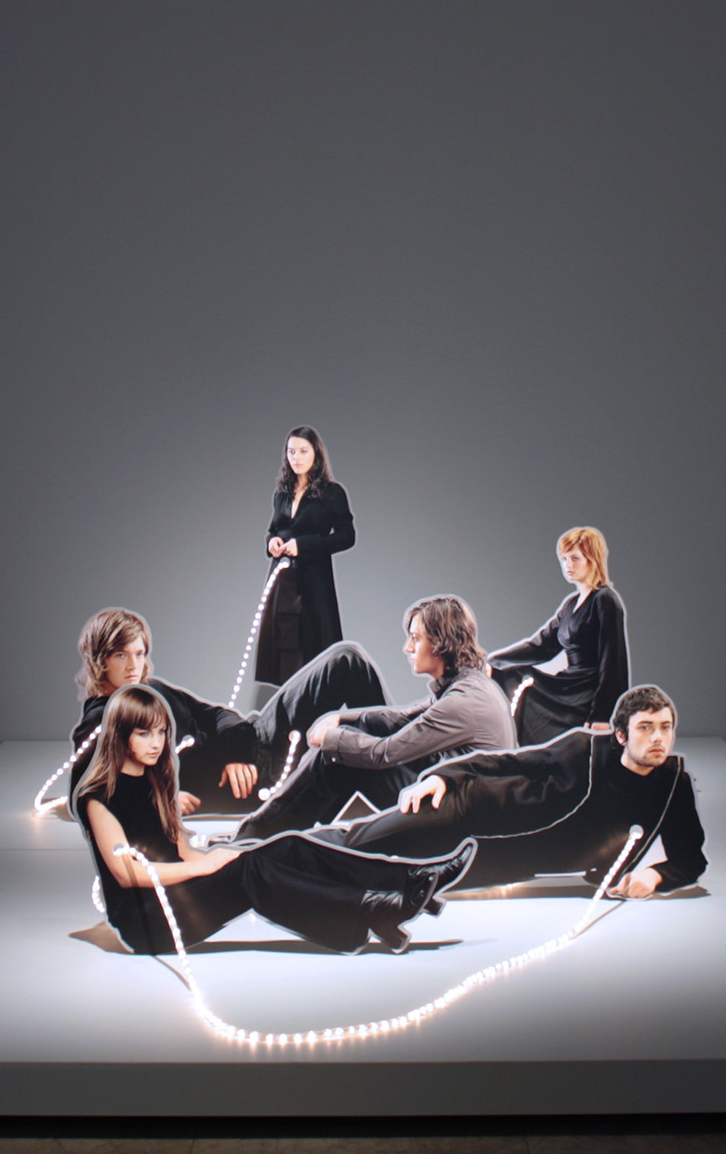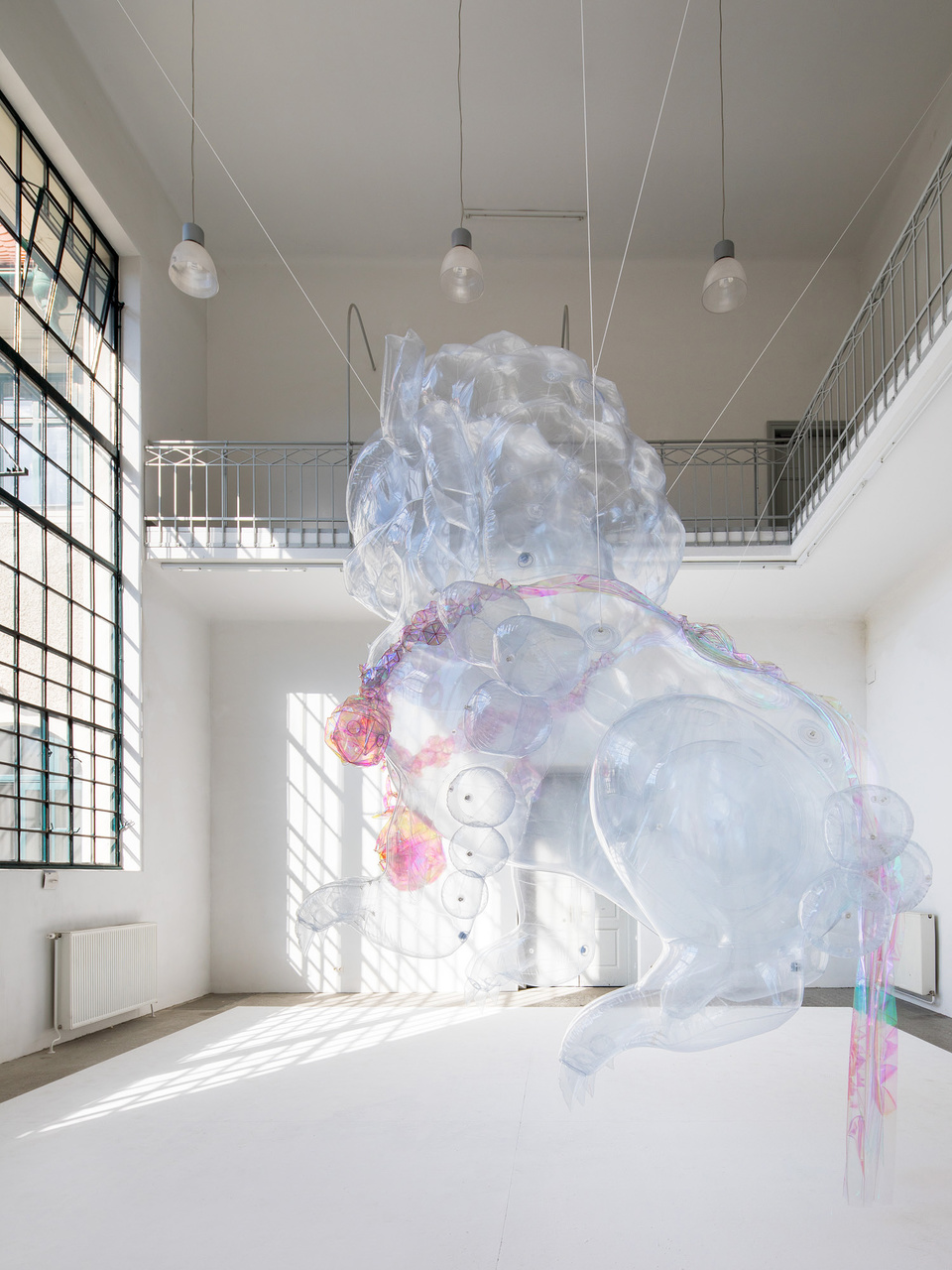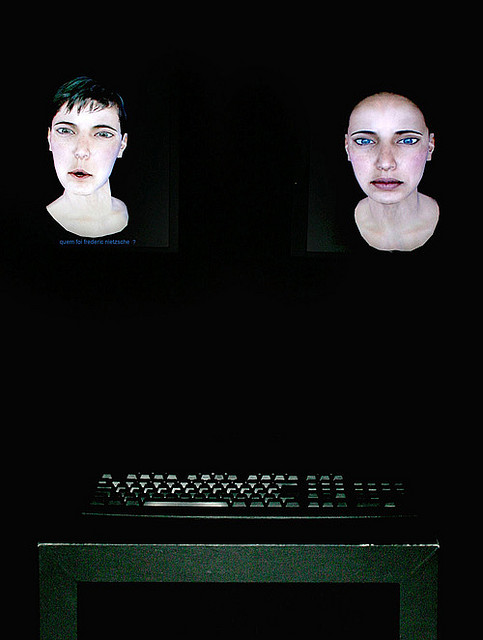
Patrick Monte & Brian Questa
Anomy, for U.S.and Mexican News
Anomy, for U.S.and Mexican News uses news media RSS feeds in real time in combination with data sanitization and sound synthesis algorithms in order to create visual displacement and generate a non-linear musical score. Through immersion, adjacency, perpetuity, uncertainty, and content in real time, it offers a contemplative experience with mass media, censorship, and language in contemporary society. Information containing the letter “e” in news briefs from eleven different sources in English and Spanish will be redacted—each triggering a musical note. Inspired by lipogrammatic literature and concrete poetry, this piece uses the lipogram to call attention to subjectivity and control in mainstream news media. The result is both a rhythmically diverse sound piece and a visual document that continuously evolves along with the flow of information published by Mexican and American news outlets.






